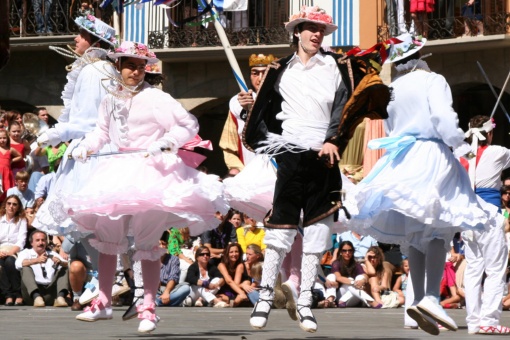Graus offers travellers a town centre full of historical vestiges. It was the place where the intellectual Joaquín Costa lived and died.
The most important festival in Graus, declared of national tourist interest, is celebrated from 12 to 15 September in honour of the Holy Christ and Saint Vincent Ferrer.The town is internationally famous for its longaniza sausage and for hosting the truffle market, the oldest in Spain. In addition, several fairs are held throughout the year that date back many centuries.
When talking about its architecture, we must begin by mentioning the Basilica of the Virgen de la Peña, which is sheltered under the Morral Rock and overlooks the entire town. The work was begun in 1538, and it has a beautiful Renaissance façade and a graceful gallery that offers a wide panoramic view of the town centre.The latter preserves several interesting sites: the main square, where the town hall is located as well as other buildings with lively neoclassical mural paintings. In the popular Barrichós, the oldest part of the town, there are ancestral homes such as those of the Mur family and the Solano family, both from the 16th century, in the Plaza de Coreche. At the end of this neighbourhood there is a gateway to the old walled enclosure built in 1589.Also noteworthy is the parish church of San Miguel, which was originally a Romanesque building, although successive renovations disfigured its appearance. Inside, it preserves impressive Gothic painting panels from the second half of the century. XV




